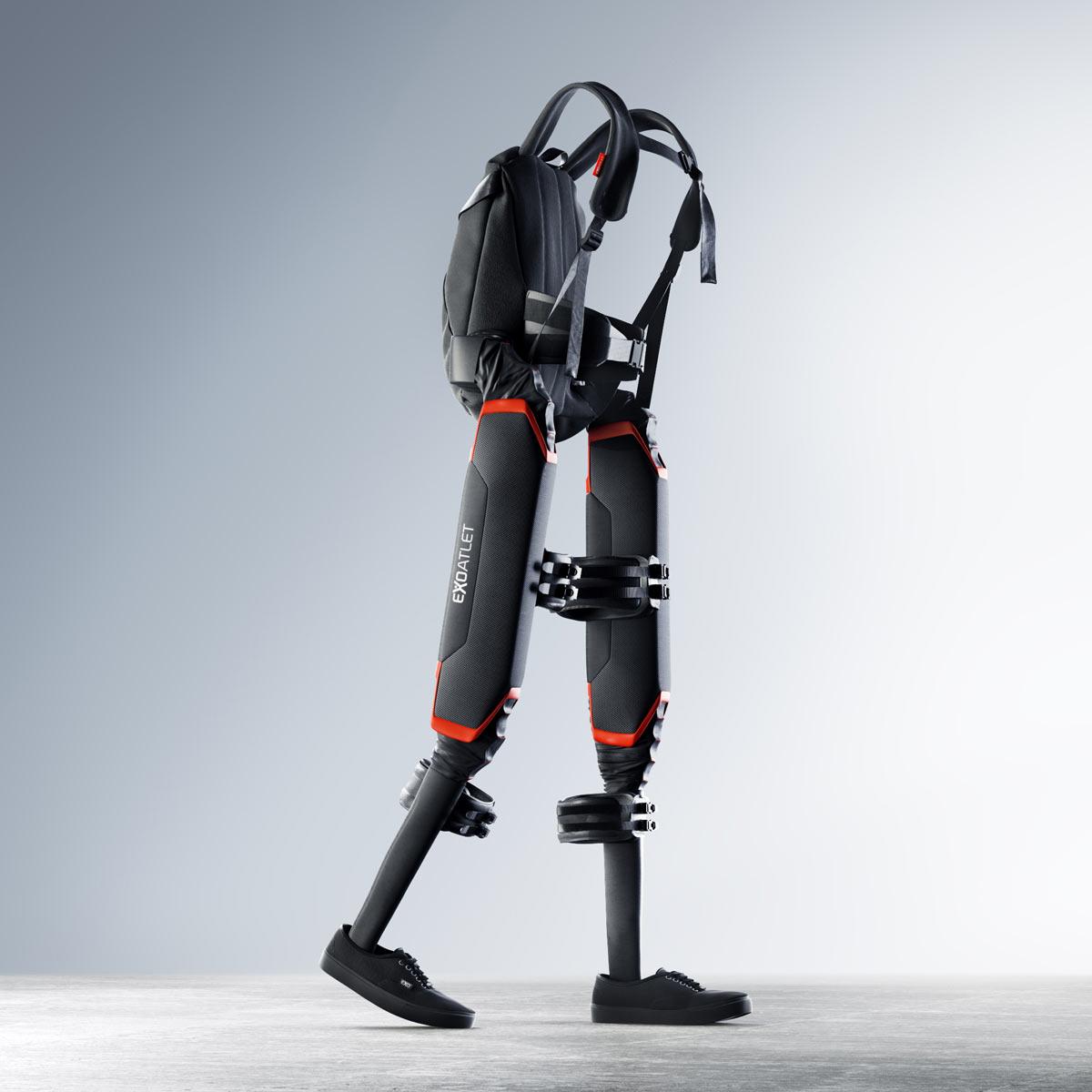
Stirling engine
Summing up: a reciprocating internal combustion engine in which energy for the operating cycle is transferred by heat transfer from an external source.
Working cycle:
The piston is located at bottom dead center. Initially, the working substance (gas) is in the upper part of the cylinder with low temperature and pressure. The piston moves up to top dead center, pushing out the working gas, which flows freely around the piston downward. The bottom ("warm") part of the engine is heated by an external heat source. The gas temperature inside the cylinder increases, the gas increases in volume, which is accompanied by an increase in the gas pressure in the cylinder. At the next stage, the piston moves to the bottom dead center again, the hot gas moves to the top, which is continuously cooled, the gas is cooled, the volume decreases, the pressure and temperature in the system drop.
In a real device, instead of a U-shaped pipe, there is a working (sealed) piston, which moves in its working cylinder due to a change in the pressure of the working gas. The movements of the pistons are interconnected by a mechanism. The piston moves to bottom dead center and hot gas is forced into the top of the cylinder. The working piston moves to the bottom dead center due to the pressure change (increase). In the next cycle, heat is removed from the cylinder and the pressure in the cylinder drops. Due to the vacuum, the working piston moves to top dead center. In this case, the piston moves to the top dead center and pushes the working gas into the lower part of the space.
It consumes almost everything to move it: natural gas (best results), liquid fuels, gaseous fuels, solid fuels, waste, biomass energy, solar energy, geothermal energy.
Advantages:
- Versatility, wide application
- Flexibility
- Improved external combustion compared to internal combustion
- No oil needed
- The engine does not enter the engine and emit less harmful exhaust gases.
- Reliability, ease of use
- It can handle the toughest conditions
- Quiet work
- Long service life
Disadvantages:
-
